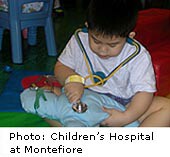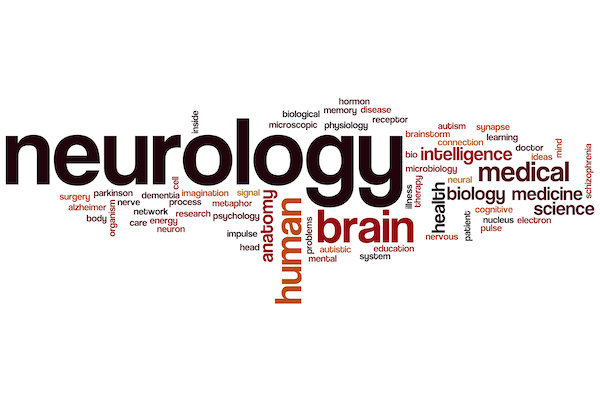
WEDNESDAY, March 3 (HealthDay News) — A landmark comparison of three drugs widely used against the most common form of childhood epilepsy finds the oldest to be the most effective.
The study of 453 children at 32 U.S. medical centers found that ethosuximide (Zarontin), one of the oldest anti-seizure medications available in the United States, is most effective at controlling what is called absence or “petit mal” epilepsy, with the fewest side effects. Valproic acid (Valproate, Depakote) came second, and the newest drug, lamotrigine (Lamictal), was third, according to a report in the March 4 issue of the New England Journal of Medicine.
“This is the first real hard evidence of comparing the three most commonly used medicines, and finds one superior to the other two,” said trial leader Dr. Tracy A. Glauser, director of the Comprehensive Epilepsy Center at Cincinnati Children’s Hospital Medical Center.
About 1 percent of American children have epilepsy, Glauser said, and 10 percent of those have absence epilepsy, which causes the child to stare blankly into space for periods that may be as brief as five seconds. The bad news from the study, in which the children had frequent electroencephalograms to measure brain activity, is that they also often have problems with attention, Glauser said.
“The conventional wisdom has been that if you control the seizures, that is enough,” he said. “We found that about a third of them had attention problems when they started and that they continued. These kids need to have their seizures addressed, but also need further evaluation to have their attention problems addressed.”
The study included children aged 2.5 to 13 years, newly diagnosed with epilepsy and free of other problems, such as autism. They were randomly assigned to one of the three drugs. The study measured primarily whether they were free of seizures without intolerable side effects after 16 weeks, with a few children continuing for as long as 20 weeks. The study also measured how the drugs affected the children’s ability to pay attention.
Ethosuximide prevented seizures in 53 percent of the children, slightly less than the 58 percent freedom-from-failure rate of valproic acid but significantly better than the 29 percent for lamotrigine. But only 33 percent of those taking the older drug had significant attention problems, compared to 49 percent of those taking valproic acid, the researchers found.
So the treatment strategy indicated by the study — and now being followed in Cincinnati — is to start with ethosuximide, Glauser said. “If it hasn’t worked after four or five months, you need to switch medicines,” he said, with a trial of valproic acid. If that doesn’t work, either lamotrigine or a combination of drugs should be used. More than 90 percent of children respond to one of the regimens, Glauser added.
“It was somewhat unexpected that the oldest of the drugs had as good an effect as the other and better side effects,” said study participant Dr. Shlomo Shinnar, director of the Comprehensive Epilepsy Management Center at the Children’s Hospital of Montefiore Medical Center in New York City.
“The study highlights the importance of looking not only at seizure control but also how the child does otherwise,” Shinnar said. “You want seizure control without side effects, such as problems with attention and behavior.”
“Unfortunately, even our best medications work only half the time,” Glauser noted. “We need to develop better medications or better algorithms to match children with medicines better.”
But with proper treatment, most children with the condition “go on to lead good, fulfilling lives,” Glauser said.
More information
A guide to dealing with childhood epilepsy is given by the U.S. National Library of Medicine.

